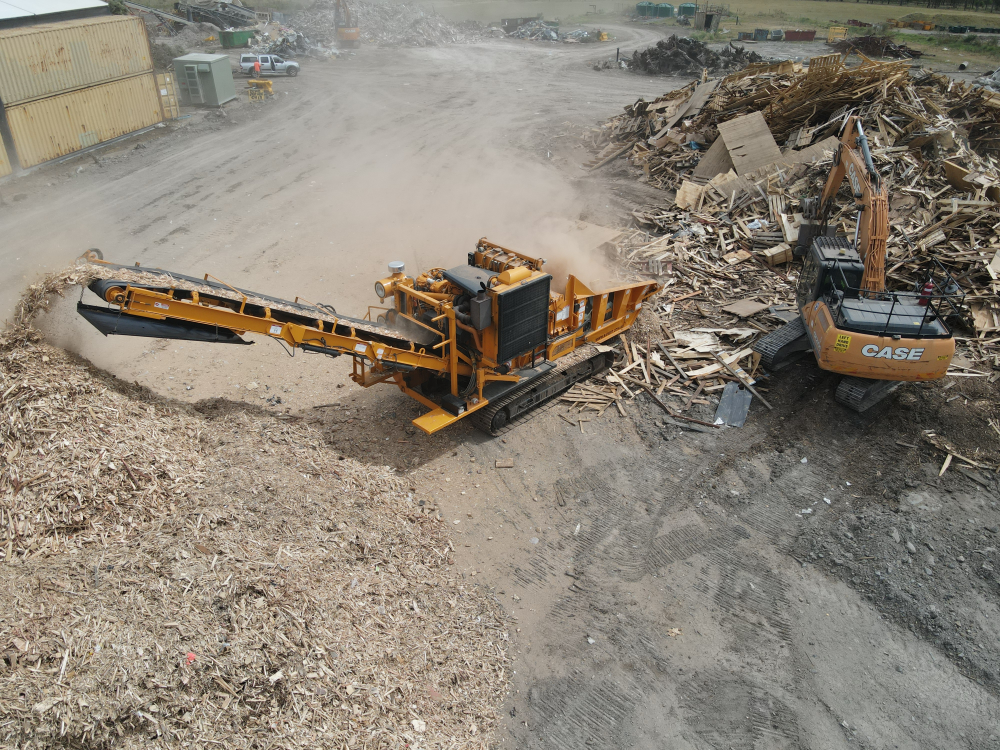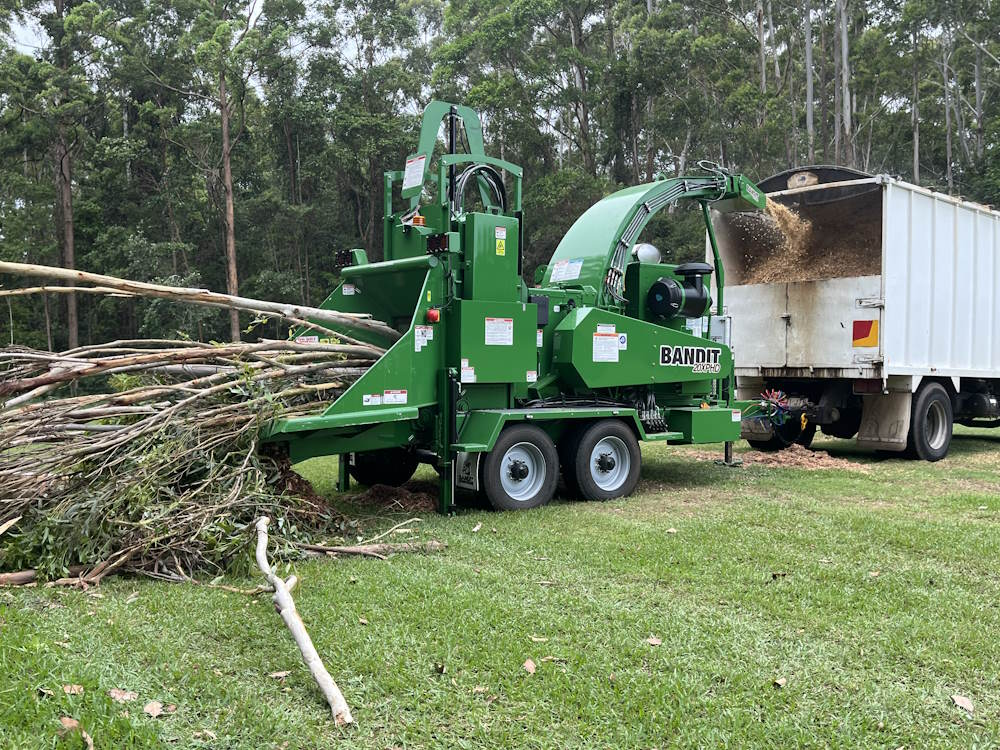
Which grinder is best for you? Comparing horizontal and tub grinders
Reducing garden waste vegetation to a more manageable size for reuse as mulch can be achieved with a wood chipper, but for processing bigger wood and other organic materials, the two most popular answers are tub grinders and horizontal grinders.
Both are ideal for grinding and recycling operations and each has specific advantages and disadvantages depending on the application.
One of the main advantages of a tub grinder is its versatility. It can work on a variety of materials.
The design of the machine means it can grind bulky and odd-shaped items such as trees, shrubs, branches and even stumps.
Tub grinders are also portable which makes them more suitable than the horizontal grinder for operations requiring the operator to move between work sites.
This flexibility gives the tub grinder suitable for work as diverse as land clearing, recycling or compost processing.
A horizontal grinder is renown for producing a more uniform product.
Machines — such as the Bandit 1425 14-inch drum horizontal grinder — have a horizontal feed system and a solid-steel rotor.
They are designed to process big quantities of similar materials, including pallets, debris from demolition sites, and waste from around the yard.
Because it has a horizontal orientation, it allows for better control over the grinding process which results in a more consistent end result.
These machines are also perfect if the work has a high throughput and needs a uniform product at the end for mulch or biomass fuel.
The choice between a tub grinder and a horizontal grinder depends of the demands of the grinding operation.
Factors to consider are the types of materials being processed, the specifications of the end product, the volume of production, and the need for the machine to be mobile.
Maintenance and durability are other factors that need to be considered.
Tub grinders have a simple construction with fewer moving parts. For the operator, this means maintenance is easier and repair costs are cheaper.
They also contain the material which is being processed, reducing the wear and tear on the machine.
This is particularly important where the grinder is working on abrasive materials or has to be frequently transported.
The tub design also handles larger and more irregularly shaped materials without the risk of damage to the machine.
By contrast, horizontal grinders have more control over the grinding process which makes them better suited in applications where a consistent particle size is required.
Horizontal grinder design allows for a more uniform feed of material into the grinding chamber, resulting in efficient and continuous operation.
This is an advantage as the level of control and efficiency is ideal for producing biomass fuels and similar products needing a specific particle size.  Horizontal grinders are also equipped with features including a remote control, magnetic head pulleys and various screen options to enhance versatility and performance.
Horizontal grinders are also equipped with features including a remote control, magnetic head pulleys and various screen options to enhance versatility and performance.
Both grinder types meet demands for sustainability and awareness of environmental impact by allowing for the recycling and repurposing organic materials.
However, their individual environmental footprints are different.
Horizontal grinders are often used where the end product needs to meet stringent quality and environmental standards. This can include mulch for landscaping or biomass fuel for renewable energy.
Tub grinders, by contrast, are mainly selected for land clearing and forestry applications where the focus is on processing large volumes of material to reduce waste.
There is no simple answer to the question about which grinder is best — both have specific advantages and the selection should be based on the needs of the operation.
To browse the great range of earthmoving machinery provided by EEA Group visit their page here on Only Earthmoving.
Found your perfect purchase? Let’s make financing just as easy!
Work with Australia’s best-reviewed finance broker for a great deal and a stress-free experience. With 2,500+ glowing Google reviews, you can trust you're in good hands! See what our happy customers say in Credit One reviews, or jump right in and crunch the numbers with our handy loan repayment calculator. Your ideal financing solution is just a few clicks away!



